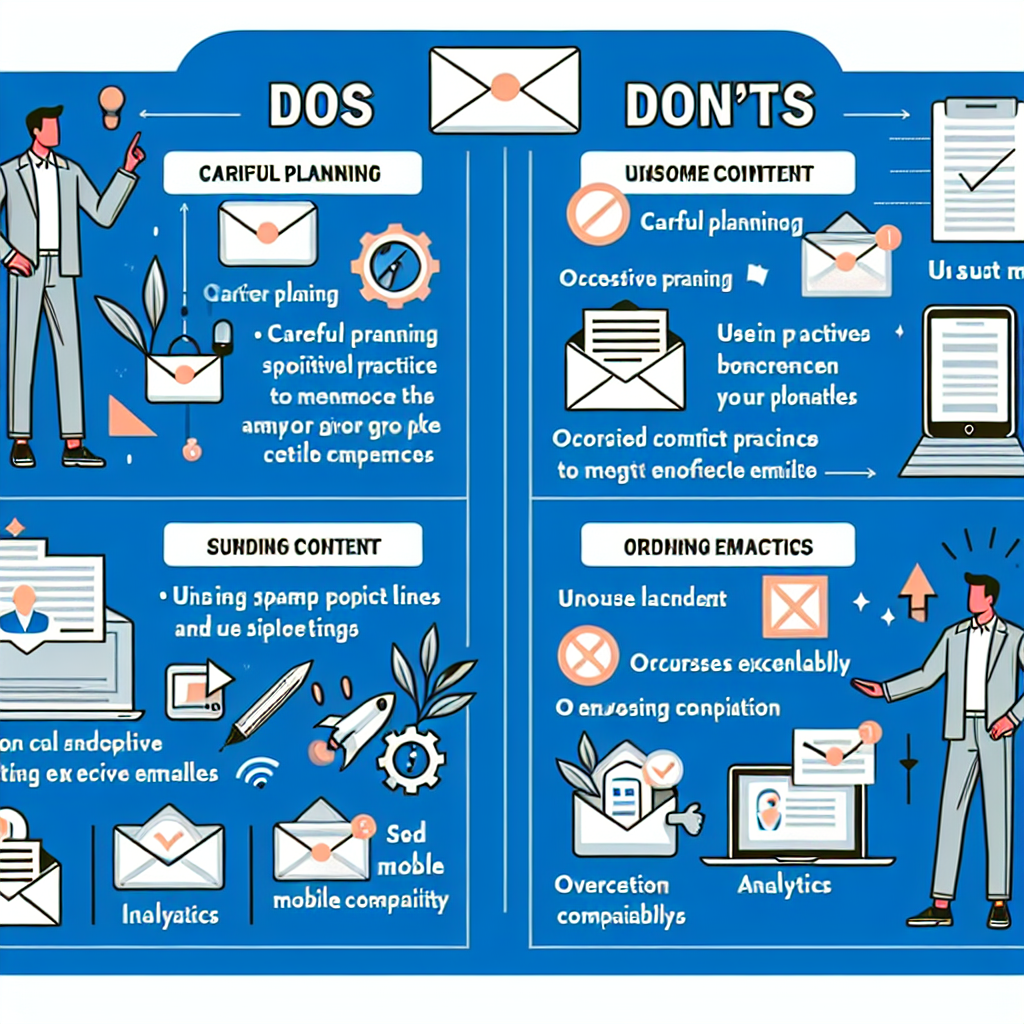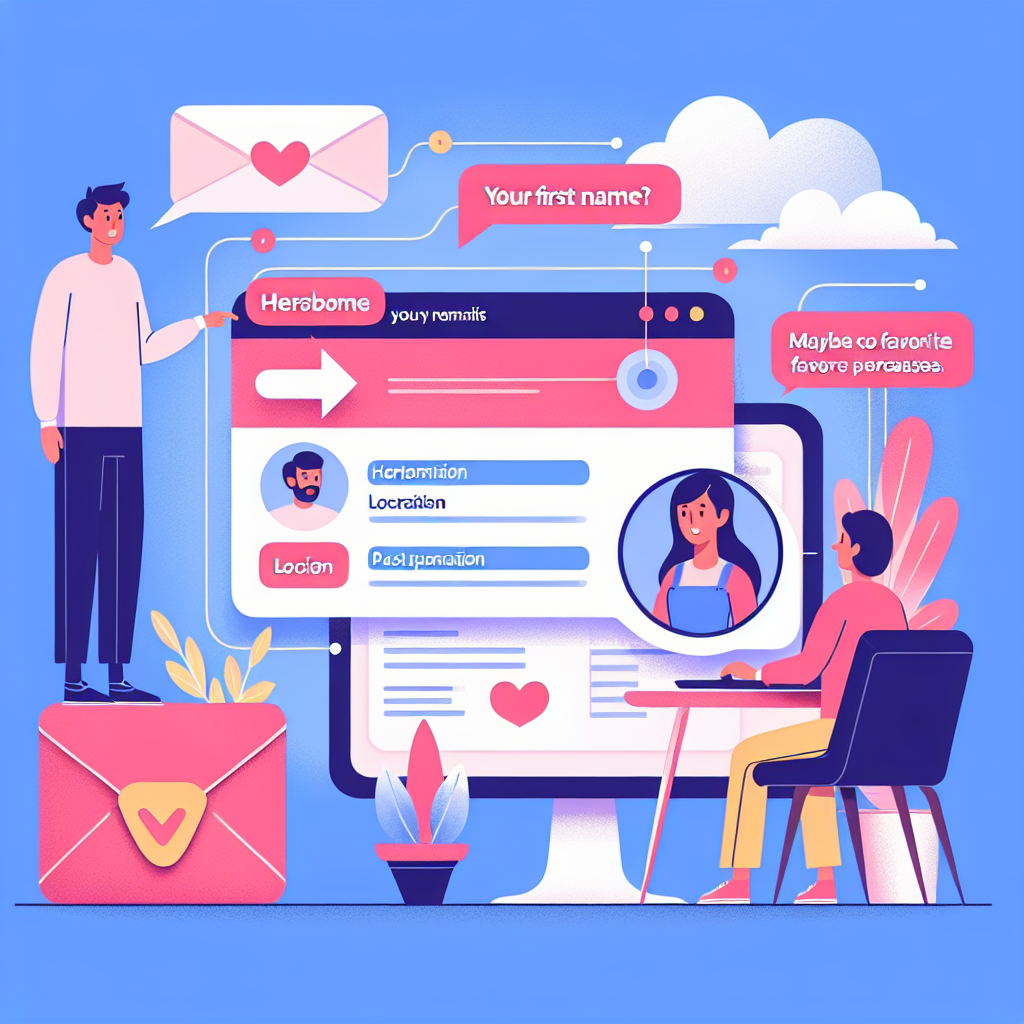Best Practices for Automated Email Sequences
Email marketing remains a cornerstone of digital marketing strategies, offering an average return on investment (ROI) of $42 for every dollar spent. One of the most effective tools in the email marketer’s arsenal is the automated email sequence. When done correctly, automated email sequences can nurture leads, build relationships, and drive conversions. But what exactly are the best practices for creating these powerful email workflows? In this blog post, we will explore the best practices for automated email sequences, from planning and segmentation to personalization and tracking.
Understanding Automated Email Sequences
An automated email sequence is a series of pre-scheduled emails that are triggered based on specific actions or time intervals. These sequences can range from simple welcome emails to complex workflows that guide a customer through the entire buying process. The key advantage of automated email sequences is their ability to deliver the right message to the right person at the right time, without manual intervention.
Planning Your Automated Email Sequence
Identify Your Goals
Before you start creating your email sequence, it’s crucial to identify what you hope to achieve. Are you looking to nurture leads, onboard new customers, or drive repeat purchases? Your goals will dictate the type of content you include and how you structure your sequence.
Map Out the Customer Journey
Understanding your customer’s journey is essential for creating effective email sequences. Map out the different stages your customers go through, from awareness to consideration to decision. This will help you determine the types of emails you need to send at each stage to move prospects closer to conversion.
Segmentation: The Key to Relevance
Why Segmentation Matters
According to research, segmented email campaigns can drive a 760% increase in revenue. Segmentation allows you to tailor your messages to different audience groups based on factors like demographics, purchase history, and behavior. The more relevant your emails are to the recipient, the higher the chances of engagement and conversion.
How to Segment Your Audience
There are several ways to segment your audience:
- Demographic Segmentation: Age, gender, location, etc.
- Behavioral Segmentation: Past purchases, website activity, email engagement.
- Psychographic Segmentation: Interests, values, lifestyle.
Use these segments to create highly-targeted email sequences that speak directly to the needs and interests of each group.
Personalization: Making Your Emails Stand Out
Personalization Techniques
Personalization goes beyond just addressing the recipient by their first name. Here are some advanced personalization techniques:
- Dynamic Content: Use dynamic content blocks to display different content to different segments within the same email.
- Product Recommendations: Recommend products based on past purchases or browsing history.
- Behavior Triggers: Send emails triggered by specific actions, such as abandoning a cart or downloading a resource.
The Impact of Personalization
Personalized emails deliver 6x higher transaction rates. Additionally, 74% of marketers say targeted personalization increases customer engagement. Clearly, personalizing your automated email sequences can significantly impact your results.
Crafting Compelling Content
Write Engaging Subject Lines
The subject line is the first thing your recipients see, and it often determines whether they will open your email. Aim for subject lines that are clear, compelling, and relevant to the recipient. According to research, subject lines with 6-10 words have the highest open rates.
Focus on Value
Each email in your sequence should provide value to the recipient. This could be in the form of useful information, exclusive offers, or actionable tips. The more value you provide, the more likely recipients are to engage with your emails and take the desired action.
Use Strong Calls to Action (CTAs)
Every email should have a clear and compelling call to action. Whether you want recipients to download a resource, make a purchase, or schedule a call, make sure your CTA stands out and clearly communicates the next step.
Testing and Optimization
A/B Testing
A/B testing, or split testing, involves sending two variations of an email to a small subset of your audience to see which one performs better. You can test different elements such as subject lines, email content, or CTAs. Use the results to optimize your emails for better performance.
Analyze and Adjust
Regularly analyze the performance of your email sequences using metrics such as open rates, click-through rates, and conversion rates. Use these insights to make data-driven adjustments to your sequences. Continuous optimization is key to maintaining high performance and achieving your email marketing goals.
Ensuring Deliverability
Maintain a Clean Email List
A clean email list is crucial for maintaining high deliverability rates. Regularly remove inactive subscribers and ensure that your list is up-to-date. According to research, 30% of email addresses change annually, so keeping your list clean can significantly impact your deliverability.
Follow Best Practices for Email Sending
To ensure your emails land in the inbox and not the spam folder, follow these best practices:
- Authenticate Your Emails: Use SPF, DKIM, and DMARC to authenticate your emails and build trust with email providers.
- Monitor Your Sender Reputation: Keep an eye on your sender reputation and address any issues promptly.
- Avoid Spam Triggers: Steer clear of spammy language and excessive use of exclamation marks or all caps.
Conclusion
Automated email sequences are a powerful tool for driving engagement and conversions. By following these best practices—planning your sequences, segmenting your audience, personalizing your emails, crafting compelling content, testing and optimizing, and ensuring deliverability—you can create effective email workflows that deliver the right message to the right person at the right time. Start implementing these strategies today to take your email marketing to the next level.


